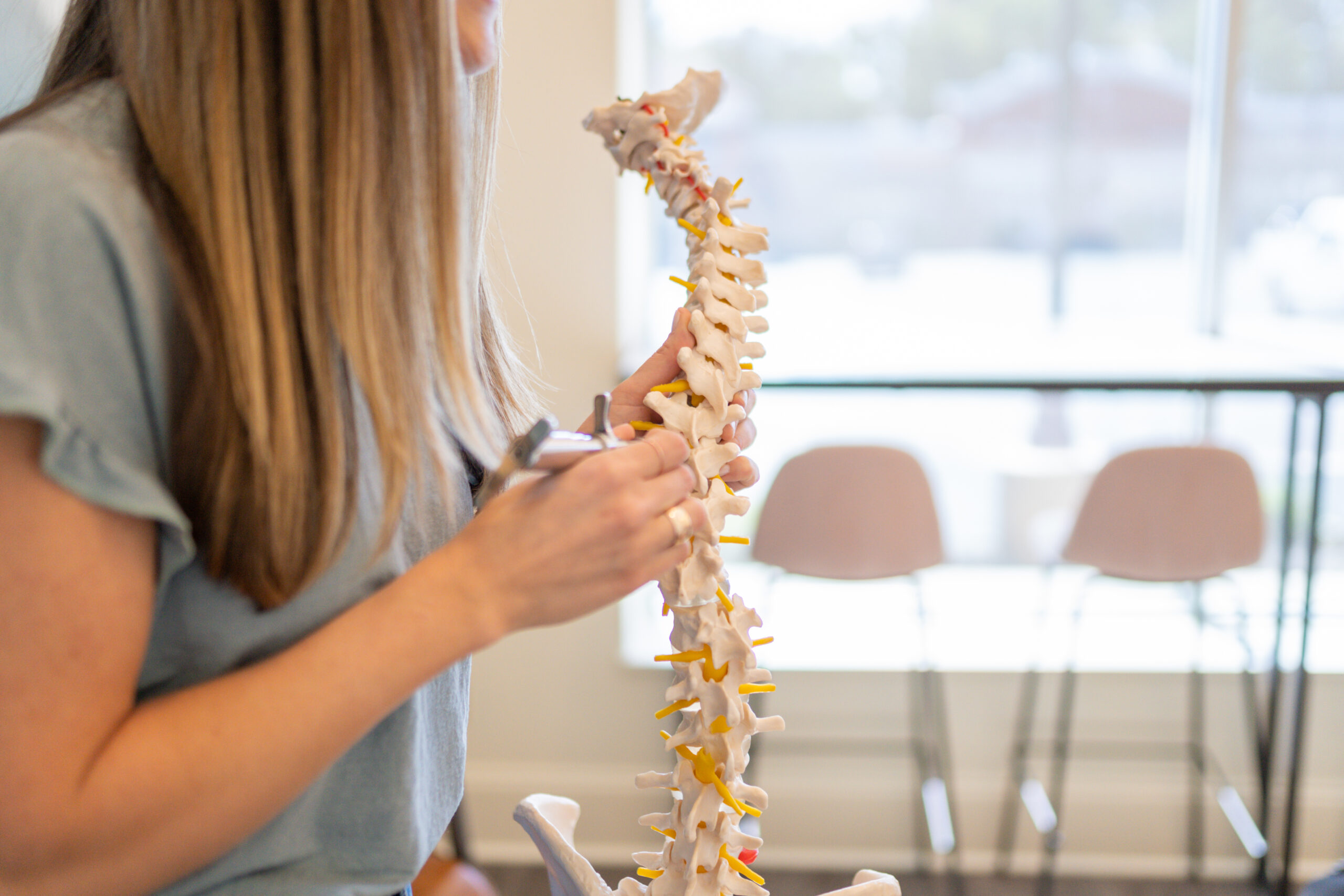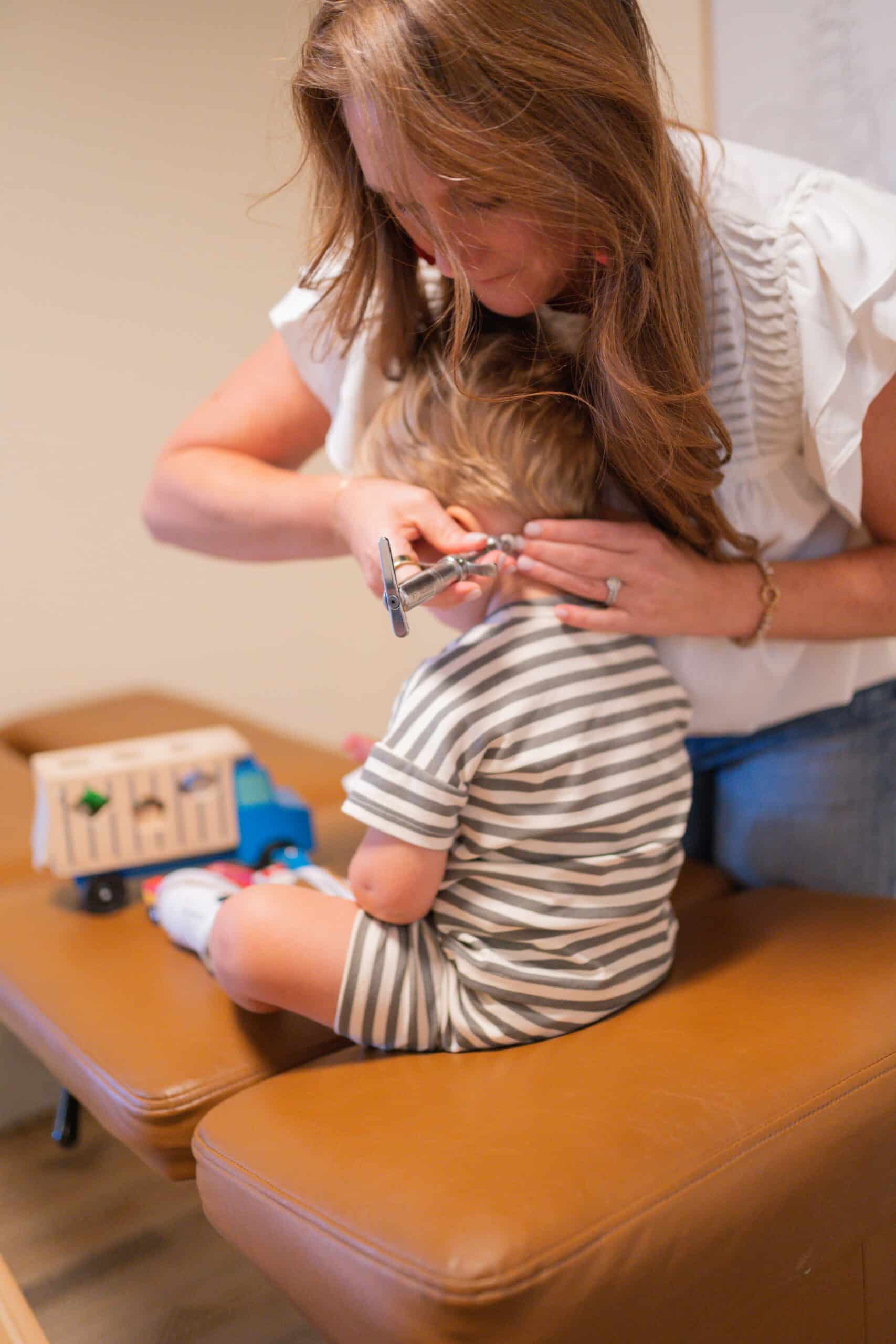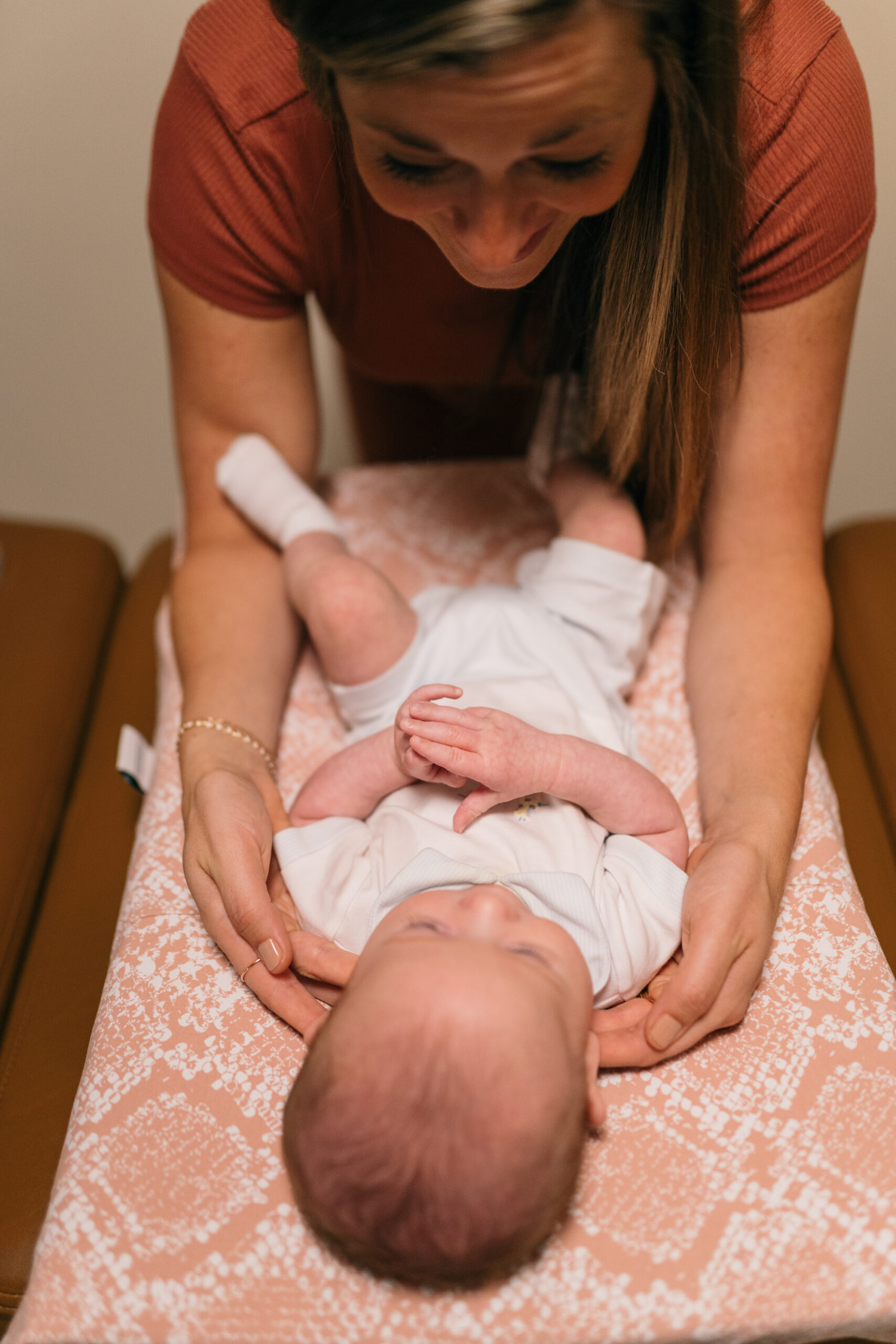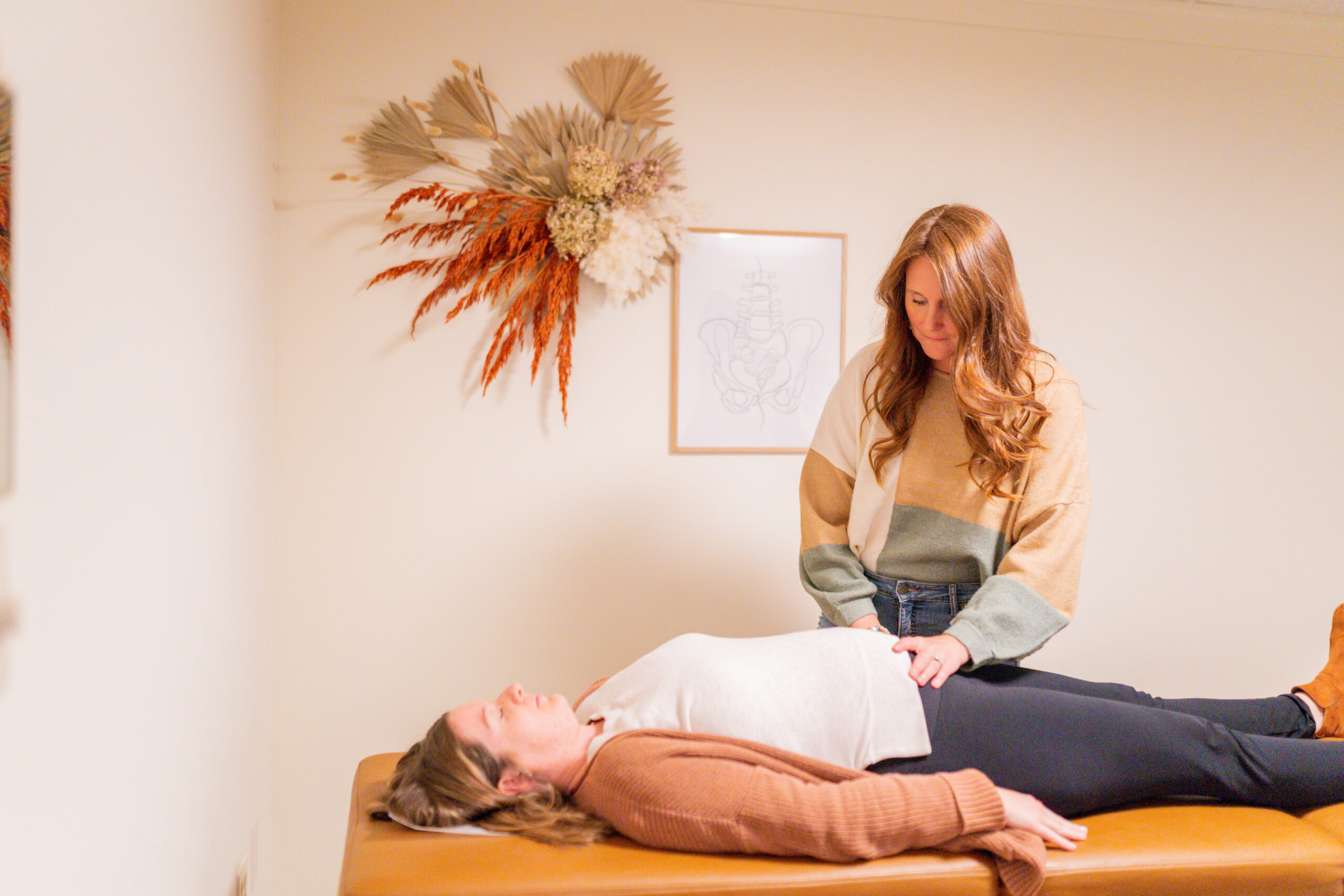The Missing Piece in Your Child’s Development Puzzle
As a parent, you know your child better than anyone. When something doesn’t feel quite right with their development, coordination, or behavior, that instinct deserves attention. Many parents find themselves searching for answers when their child struggles with motor skills, sensory processing, focus, or emotional regulation, often without understanding the underlying connections.
One crucial aspect of child development that many parents haven’t heard of is proprioception – your child’s “sixth sense” that plays a fundamental role in how they move, learn, and interact with their world.
What is Proprioception?
Proprioception is your body’s internal awareness system. It constantly provides your brain with information about where your body is positioned in space, how your muscles and joints are moving, balance and spatial orientation as well as muscle tone and coordination.
Think of proprioception as your child’s internal GPS system that helps them navigate physical tasks without having to consciously think about every movement. When working properly, it allows children to write without pressing too hard on their pencil, walk without looking at their feet, and judge how much force to use when hugging a friend.
The Connection Between Proprioception and Child Development
Proprioception is intimately connected to brain development and function. It provides essential input that helps the brain organize and process information, which affects motor development including gross motor skills like running, jumping, and climbing, fine motor skills like writing, buttoning clothes, and using utensils, and overall coordination and body awareness.
When Proprioception is Disrupted
Children with altered proprioceptive function may experience challenges that seem unrelated but often stem from the same underlying issue. These may include delayed motor milestones such as walking, talking, and coordination, difficulty with fine motor tasks like writing or using scissors, sensory processing sensitivities or seeking behaviors, challenges with focus, attention, and sitting still, emotional regulation difficulties, sleep disturbances, and speech and language delays.
Early Life Factors That Can Impact Proprioception
Several factors during pregnancy, birth, and early childhood can affect proprioceptive development. Birth-related factors may include extended or rapid labor, cesarean delivery, use of interventions like forceps or vacuum assistance, induced labor, and positioning challenges during delivery.
Early childhood factors that can influence proprioceptive development include limited tummy time or movement opportunities, frequent illness or medical interventions, chronic stress or trauma, and environmental toxins or nutritional deficiencies.
These experiences can create tension or dysfunction in the nervous system, particularly affecting the brainstem and upper cervical spine where crucial proprioceptive processing occurs.
At Freedom Chiropractic, we use advanced neurological assessment tools to understand how your child’s nervous system is functioning. Our INSiGHT Neurological Scans provide comprehensive measurements of nervous system stress and tension patterns, heart rate variability and autonomic function, spinal muscle tension and balance, and overall neurological efficiency.
Understanding proprioception and its role in your child’s development empowers you to make informed decisions about their care. When parents understand the neurological foundations of their child’s challenges, they can better advocate for appropriate support and intervention.
Our doctors are committed to educating and supporting families on their journey toward optimal health and development. We believe every child has incredible potential, and supporting their neurological foundation helps them access that potential more fully!
©Freedom Chiropractic | Terms and Conditions | Privacy Policy | Copy & Website by Liberty Type
©Freedom Chiropractic | Terms | Privacy
Copy & Website by Liberty Type






